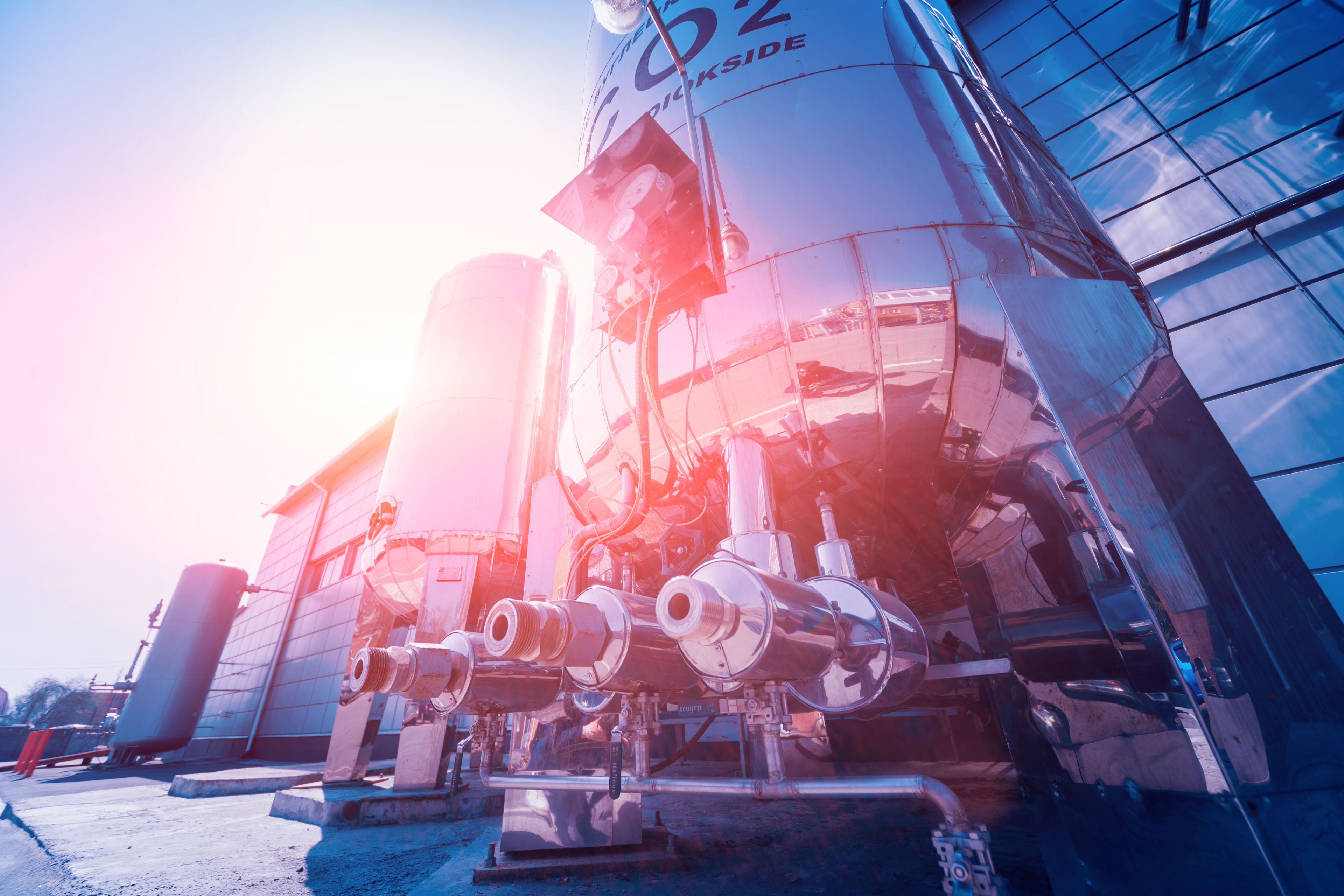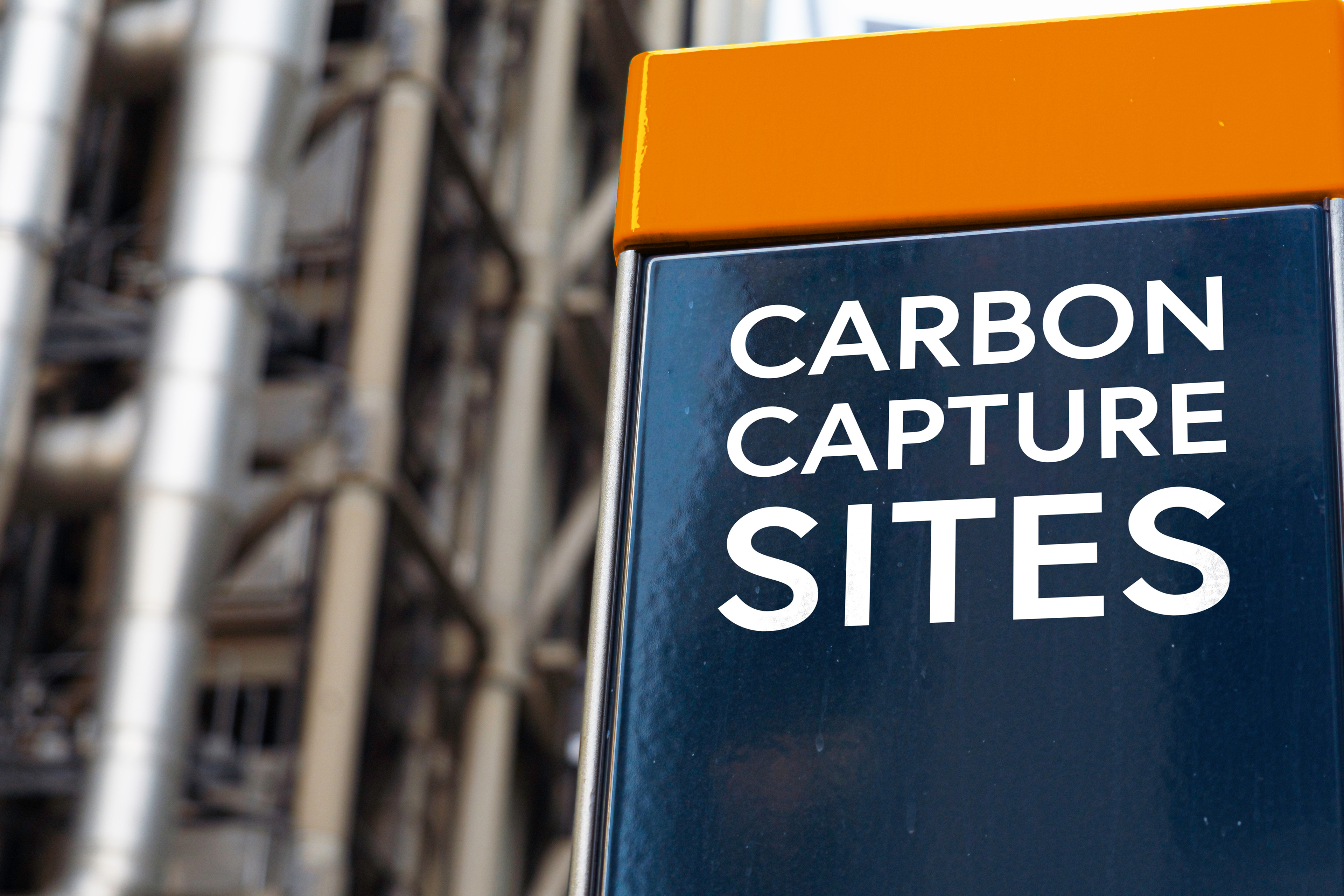EY refers to the global organization, and may refer to one or more, of the member firms of Ernst & Young Global Limited, each of which is a separate legal entity. Ernst & Young Global Limited, a UK company limited by guarantee, does not provide services to clients.
Whether in energy or other industries, the energy transition will require different capital, financing, operations, technology and skills.
The energy transition is multidimensional, multifaceted and complex. But, on the heels of the Inflation Reduction Act of 2022 and in conjunction with rapidly evolving regulatory requirements that are local, national and global in nature, investments toward the energy transition are soaring.
Greg Matlock, Americas Oil & Gas and Chemicals Tax Leader, and Haniya Mian, People Advisory Services Principal, discuss how to optimize these investments and the factors critical to their success.
From a financial perspective, properly analyzing and communicating the economics and returns on these types of investments is absolutely vital. Companies need to understand and have a full appreciation of the commercial models and the business models, while also accounting for the financing, which is inclusive of federal and state tax credits, grants and incentives.
From a people perspective, companies making energy transition investments must identify the workforce needs as well. That requires considering how to use existing talent in different ways, and also source the talent companies need for the future to be able to fuel the energy transition.
Summary
Build the future of energy with a focus on the people and the capital underpinning the transition.
Discover more
Discover energy transition insights, people and services and how our teams can help your business unleash sustainable value by embracing the evolution of energy.
US Tax Incentives for Hydrogen: A Clean Energy Solution
Learn how the government is incentivizing US companies to focus on hydrogen production as it’s a growing alternative energy source since the IIJA and IRA were enacted.
How an industry newcomer is helping decarbonize the refining industry
An EY team helped a private company make their make CCS commercialization plans a reality. Learn how in this case study.
Direct to your inbox
Stay up to date with our Energy newsletter






